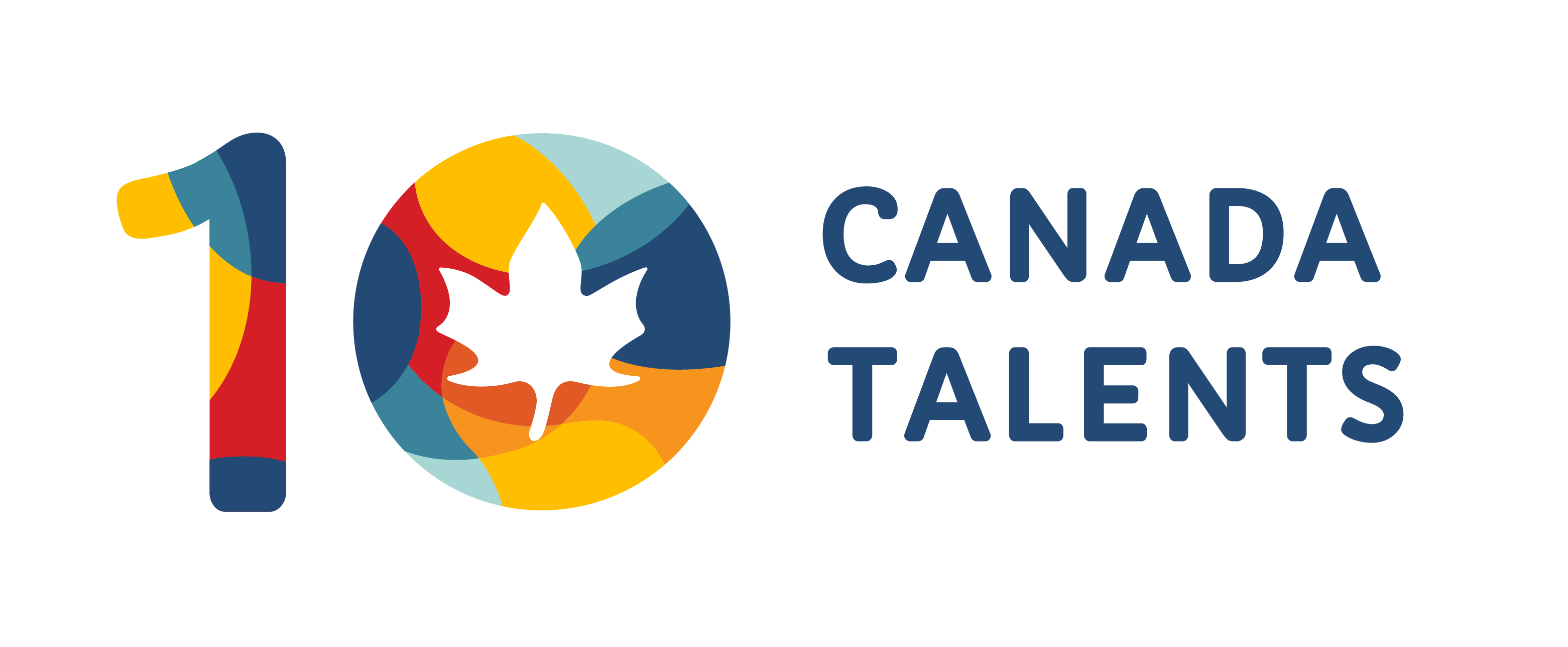You heard or read about LinkedIn if you have been looking up some tips to help you find a job in Canada. Indeed, LinkedIn is crucial. More often than not, recruiters will take a look at applicants’ profiles.
Here are five elements that really matter on your LinkedIn profile and that you should check right now:
A Professional Photo
This may not occur to you as the most important thing, but it really is. You can’t put a picture of your dog or you and your friends. LinkedIn is a professional network, therefore you have to look professional. This photo allows a potential employer to picture you until they meet you in person.
At first, It could be expensive to pay a professional photographer, but other solutions exist and Canada Talents members get discounts for professional photography services.
Our tip: Look a bit off the camera (on the right) with your face turning slightly the same way. Then give a smile as though you thought about a cute puppy, and that’s it! Transform it in black&white if you have any lighting issues during the photoshoot.
An English and Canadian Job Title
It has to be catchy and appealing. It has to reflect the market where you decide to settle. Translating job titles from French to English can be pretty tricky. Literal translations aren't always relevant. For example, Chargé(e) de communication becomes Communications coordinator. If your job titles aren’t accurate, they won’t mean much to potential employers.
Our tip: To be accurate, you can go to LinkedIn “Jobs” section. Type in a keyword related to your field (marketing, finance, digital…), and you will see a list of job titles. If you’re not sure, don’t hesitate to click on what seems more accurate to you and consult the related job offers to see if it matches.
You can also do this on Indeed already sorted by field. The objective here is to find the job title that best matches yours, so it can take a little time.
Your Summary: Straight to the “Bullet” Point
It’s the second thing recruiters will see. The summary is meant to present and sell yourself. You want to spend a little time on that part, and don’t hesitate to look at what others have done.
Our tip: Look at the profile similar to yours and try to identify all the keywords related to your industry and describe your abilities with it. You can also look for job offers in your field to get a better idea of what skills you can highlight.
Up-to-Date : Location & Language
The location is very significant. If a potential employer sees on your profile that you still live in Europe, they might not bother contacting you, no matter how attractive your profile is. So don’t forget to change that information when you arrive in Canada. It’s pretty obvious, but your LinkedIn has to be written in English. While French is the second official language in Canada, the large majority of Canadians are English-speakers.
If you created your LinkedIn profile a while ago, don’t forget to translate it. Back to the second point: make sure your job titles and the tasks and missions you completed are accurate. Literal translations can be your worst enemy.
Our tip: Once again, look up profiles similar to yours to identify the right vocabulary. WordReference and Linguee are also useful translation tools.
Backup your Profile
References are essential in Canada. Recruiters want to know how you work with others and how well you fit into a team. With that in mind, you should ask ex-colleagues and/or managers to write you a reference on LinkedIn (in English). A reference from someone working in Canada will have more impact, so think about volunteering. It’s an excellent way to get your first Canadian experience and good references.
You can also ask the connections you worked with to endorse your skills. The more people who will do, the more potential employers will consider you are mastering those skills and it can be a real advantage. It’s one thing to write what you can do, but having your skills endorsed by others gives you some credibility.


